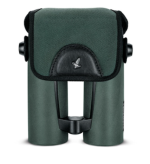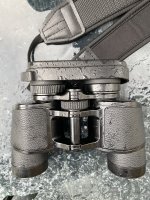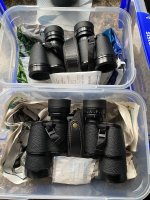mulligatawny owl
Well-known member
Waterproof bins are pretty essential here in the UK. Even if it starts out sunny you'll inevitably get caught out in a torrential downpour at some point.
Interesting then that I've settled on the merely 'splashproof' Retrovid 7x35 as my main bin and will just put up with the inconvenience of having to frequently take it in and out from under under my jacket and be fumbling about with the rainguard rather than take any number of high quality waterproof bins instead, such is the unique appeal of the 7x35 Retrovid.
I sense a gap in the market, binocular manufacturers take note. Fat chance!
Interesting then that I've settled on the merely 'splashproof' Retrovid 7x35 as my main bin and will just put up with the inconvenience of having to frequently take it in and out from under under my jacket and be fumbling about with the rainguard rather than take any number of high quality waterproof bins instead, such is the unique appeal of the 7x35 Retrovid.
I sense a gap in the market, binocular manufacturers take note. Fat chance!












